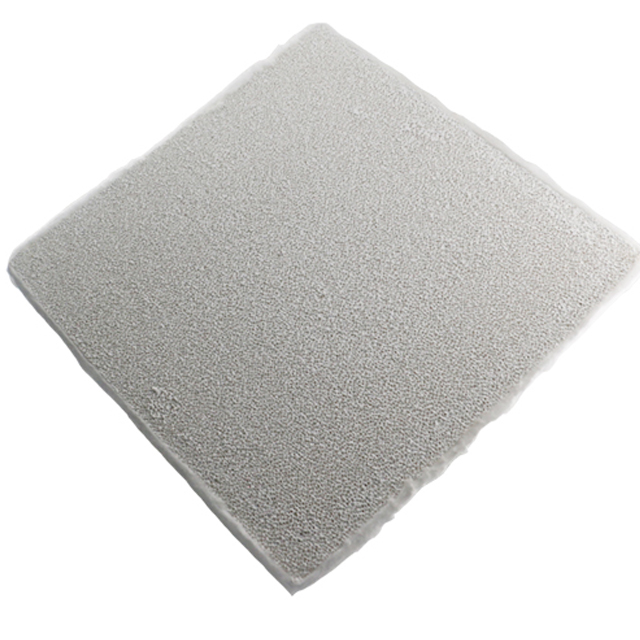
20 5月 Ceramic Foam Filter Nordic
Ceramic Foam Filter Nordic effectively removes harmful impurities such as bubbles, ash oxides, and various inclusions in the metal melt, thereby fundamentally eliminating the gas holes, slag holes, and sand holes in the casting, greatly improving the yield of the casting and improving the casting Inherent quality and appearance quality.
Filter the aluminum liquid on the aluminum casting path with a filter plate and then use tube filtration to filter.
Ceramic Foam Filter Nordic belongs to the field of aluminum liquid processing technology, specifically a type of aluminum liquid filtering.

Description of the Related Art When aluminum is melted into a liquid aluminum, it contains other metal impurities.
Because aluminum has a lower density than most metals, the structure is soft and light, and air is easier to mix into liquid aluminum compared with other metal castings, which causes the formation of pore defects in the casting, affecting its use and making the casting scrap.
In addition, when filtering the impurities in the existing aluminum liquid, the filter holes on the surface of the filter plate are easily blocked by impurities, which reduces the filtration efficiency, and after the impurities are filtered, the existing filter plate removal method is manually removed, which is easy to make people at high temperature Injured.
Aluminum liquid filtration and purification method
Using Ceramic Foam Filter Nordic is the most effective method to remove the inclusions in the aluminum melt.
As for the metal filter and fiber cloth filter, only large inclusions in the aluminum alloy melt can be removed, but the inclusions below the micron level cannot be removed, and the metal filter will also contaminate the aluminum alloy.
The use of foam ceramic filter plates can filter out small inclusions and significantly improve the mechanical properties and appearance quality of castings. It is the primary choice for melt casting workshops.
Filtration principle
The foam ceramic filter plate has a multi-layer network and multi-dimensional through holes, and the holes communicate with each other.
When filtering, the aluminum liquid carries the inclusions along the tortuous channels and pores, and is directly intercepted, adsorbed, and deposited when it contacts the foamed skeleton of the filter plate.
When the melt flows in the hole, the filter plate channel is curved, and the melt flowing through the channel changes the flow direction, and the inclusions collide with the hole wall anvil and firmly adhere to the hole wall.
Slag inclusion
Formation of inclusions in aluminum alloys Some of the inclusions in aluminum alloys come directly from scrap, while most of them are formed during smelting and pouring, mainly oxide inclusions.
All the inclusions before casting are called primary oxidation inclusions, which can be divided into two types according to the size
1. Large and unevenly distributed large inclusions in the macrostructure, it makes the alloy structure discontinuous, reduces the compactness of the casting, becomes the root of corrosion and the source of cracks, thereby significantly reducing the strength and plasticity of the alloy.
2. Fine disperse inclusions, which cannot be completely removed after refining. It increases the viscosity of the melt and reduces the ability of the aluminum to shrink during solidification.
The secondary oxidation inclusions are mainly formed during the casting process. During casting, the aluminum liquid and air contact, and oxygen and aluminum form oxidized inclusions.
The aluminum alloy contacts various components in the furnace gas during the smelting process to form compounds such as AL2O3.
Al2O3 in the aluminum liquid will increase the hydrogen content of the aluminum alloy melt, so the AL2O3 content in the aluminum liquid has a great influence on the formation of pores in aluminum castings.


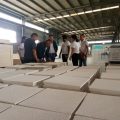
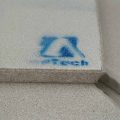
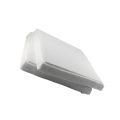
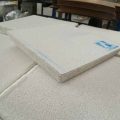
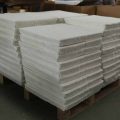
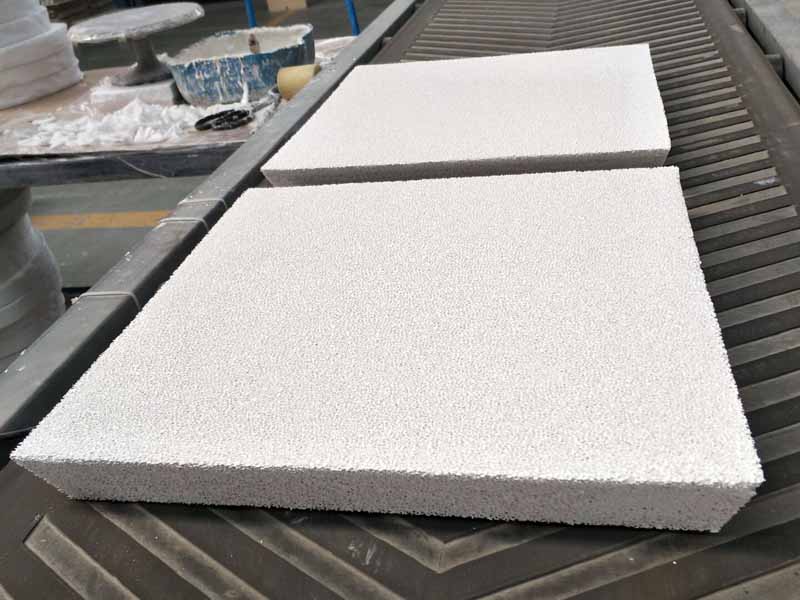
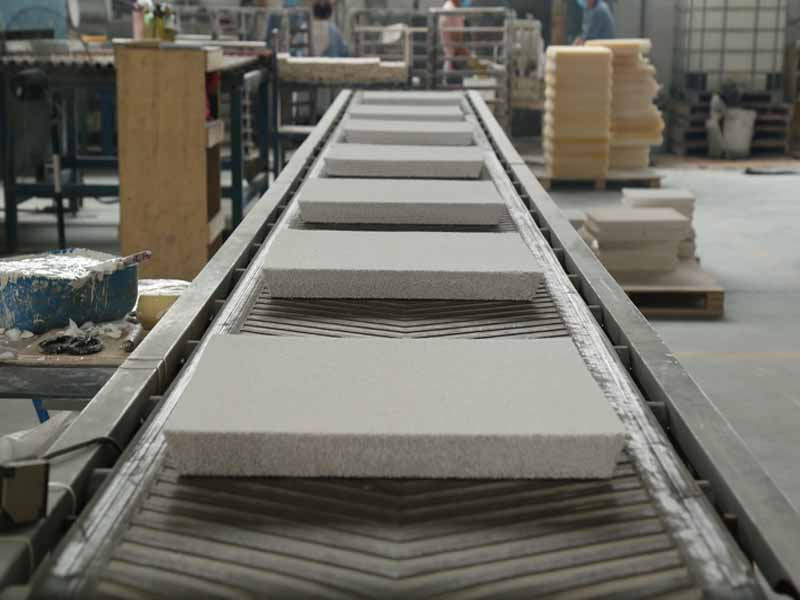
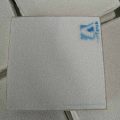
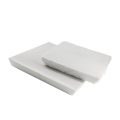
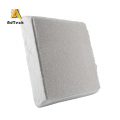
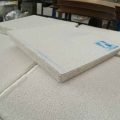
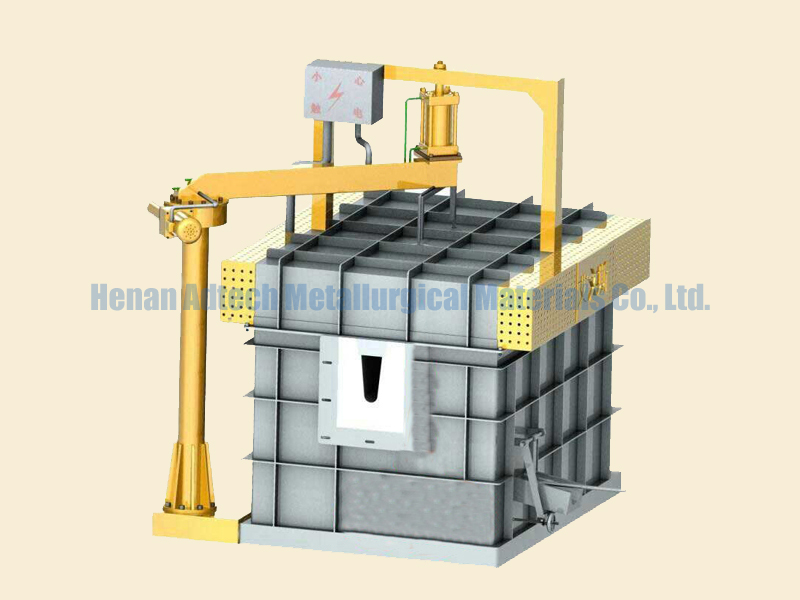
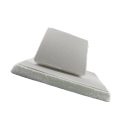
Sorry, the comment form is closed at this time.